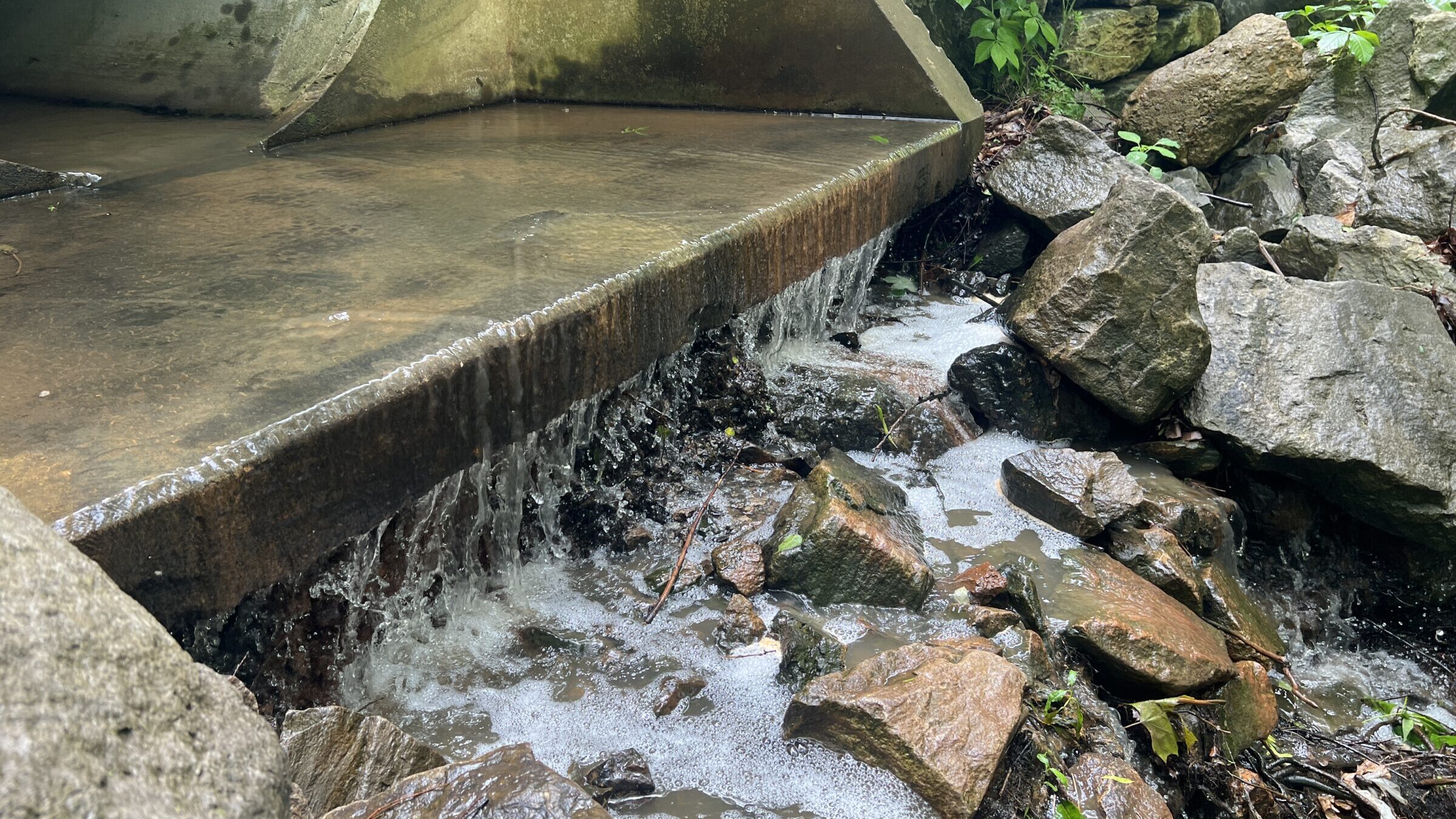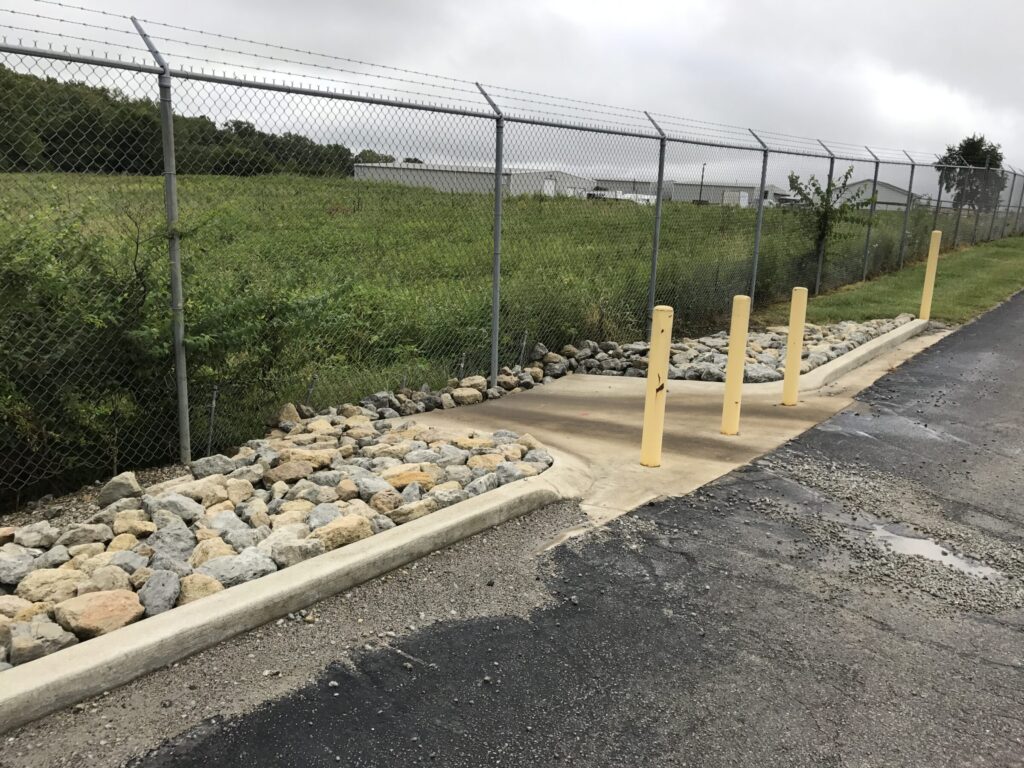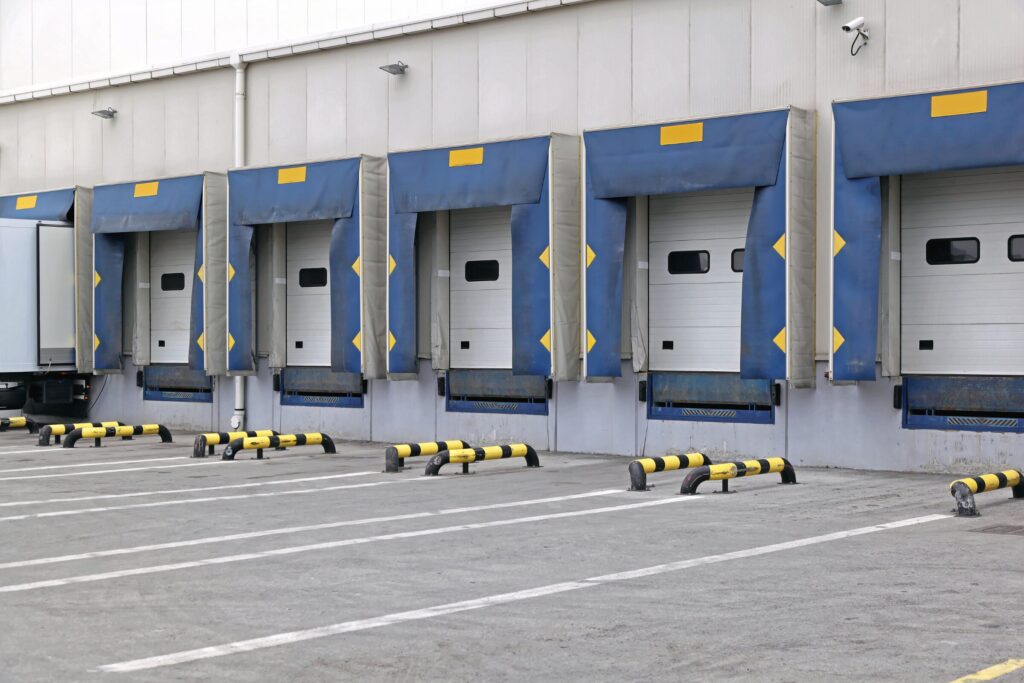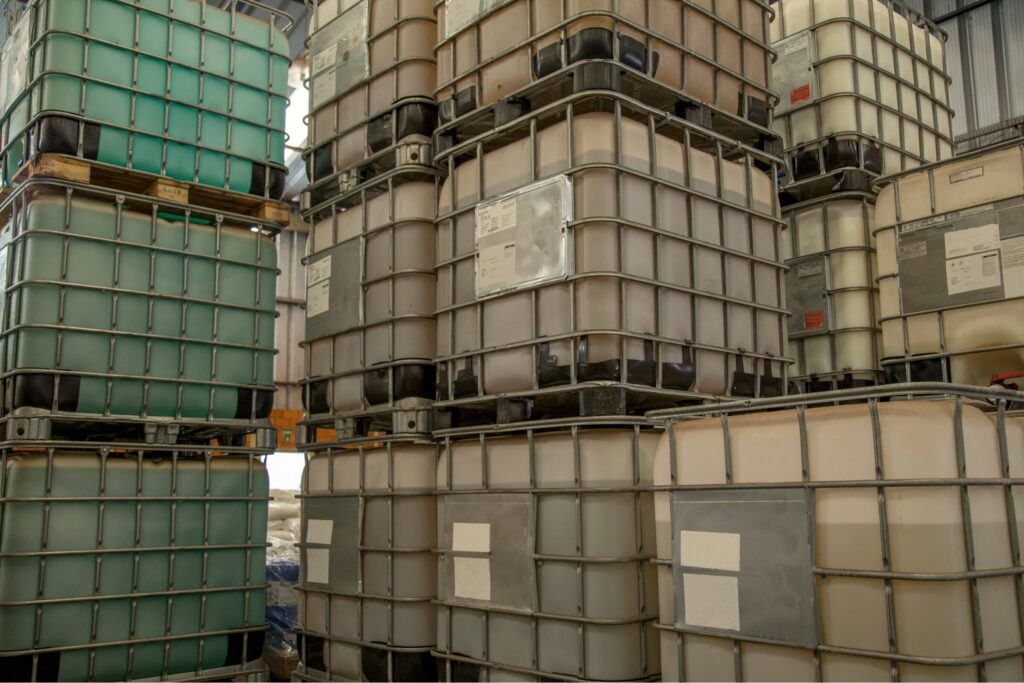No Exposure Certification for Exclusion from NPDES Stormwater Permitting

What Is a No Exposure Certification?
A No Exposure Certification is a conditional exclusion under the National Pollutant Discharge Elimination System (NPDES) program. It allows industrial facilities to avoid stormwater permitting requirements if all industrial activities and materials are completely sheltered from exposure to precipitation and runoff. Each certification is valid for 5 years and is facility-specific, not company-wide. The certifications also are for established facilities, not construction activities, which require a separate construction stormwater permit.
To qualify, a facility must certify that no industrial materials or activities are exposed to stormwater, now or in the foreseeable future.
Why Seek a No Exposure Certification?
Obtaining a No Exposure Certification can exempt your facility from NPDES stormwater permit requirements, simplifying your compliance obligations. The No Exposure Certification also reduces your monitoring and reporting burdens for 5 years. The No Exposure Certification is facility-specific, which provides flexibility within a larger organization with multiple facilities.
What Are the Eligibility Requirements for a No Exposure Certification?
When a No Exposure Certification is filed, the applicant must evaluate the following eleven criteria to ensure industrial activities and materials are not exposed to stormwater at the present or in the foreseeable future. Each criterion includes examples of conditions or practices that, if present, would make a site ineligible.

1. Industrial Equipment and Machinery Areas
Areas where equipment is used, stored, or cleaned must not be exposed to stormwater.
- Scrap old equipment or store equipment under shelter (e.g., in enclosed trailers).
- Prohibit outdoor equipment washing.
- Remove visible stains from oil, grease, or hydraulic fluid that may indicate runoff and disqualify the site.
2. Spills and Leaks
Exterior surfaces must be free of staining or residual materials from leaks or spills.
- Inspect pavement, stormwater inlets, and loading areas for visible contamination.
- Clean affected areas and consider coating or repaving.
- Check for runoff from neighboring properties that may cause exposure.
3. Legacy Materials from Past Industrial Activity
Sites must be free from contamination related to former operations.
- Review the environmental history of the property.
- Address and remediate any outstanding historic issues before applying.
4. Material Handling Equipment (Except Adequately Maintained Vehicles)
Outdoor handling equipment must be maintained to prevent pollution.
- Clean outdoor-only fork trucks and inspect them for leaks.
- Prohibit transporting uncovered and contaminated equipment from indoors to outdoors.

5. Loading, Unloading, and Transport Areas
All transfer activities must occur without discharges or leaks.
- Perform bulk chemical transfers under cover when possible.
- Keep hose connections enclosed and drip-free.
6. Outdoor Storage of Materials or Products
Only certain finished products or products intended for outside use (e.g., new cars) may be stored outdoors. Excluded items include rock salt, sand, and other materials mobilized in stormwater.
- Enclose raw and intermediate materials (e.g., sheet metal, tubing, paints) when stored outdoors.
- Inspect final products stored outdoors for any leaching, leaking, or oxidization.
7. Storage Containers (Drums, Barrels, Tanks, etc.)

All containers must be sealed and in good condition.
- Inspect containers for leaks, residues, and cleanliness.
- Ensure storage containers are tightly closed and are without operation taps or valves.
- Secure containers to prevent tipping.
- Empty and dispose of open, leaking, or deteriorating containers.
8. Roads or Railways Owned or Maintained by the Facility
Industrial materials handled or stored on company-controlled roadways or tracks must be protected.
- Cover staging, storage, and transfer areas from stormwater exposure.
9. Waste Materials
All waste must be stored in covered, non-leaking containers.
- Keep dumpster lids closed at all times.
- Use covered roll-off containers; tarps are not sufficient.
- Replace roll-offs with smaller-lidded dumpsters for better compliance.
10. Process Wastewater Discharges
Process wastewater must be managed and not discharged to the environment. This includes blowdown, condensate, and cooling water.
- Direct any discharges to sealed collection containers.
- Inspect condensate pipes and discharge points for oil staining.
11. Roof Stacks and Vent Emissions
No visible particulate matter or residues may be discharged from roof stacks or vents onto exposed surfaces.
- Routinely inspect roofs and nearby outfalls for dust or discoloration.
- Empty dust collectors regularly.
- Maintain filters and venting systems to prevent the accumulation of pollutants.
What Happens if You’re Not Eligible?
Even if your facility doesn’t yet meet all criteria, the evaluation process often uncovers low-cost improvements that can bring you into compliance. PSARA can help you:
- Conduct a site walkthrough
- Identify exposure risks
- Recommend practical improvements
- Prepare and submit the application
If your site cannot fully qualify, PSARA can help you implement corrective measures or obtain an NPDES Stormwater Permit to maintain compliance.
Let PSARA Help You Secure a No Exposure Certification
If you’re unsure whether your facility qualifies, PSARA Technologies is here to help. Our team has decades of experience supporting industrial clients with NPDES permitting and compliance evaluations.
Call us at (513) 791-4418 or get in touch to set up a site visit or talk with our team.

